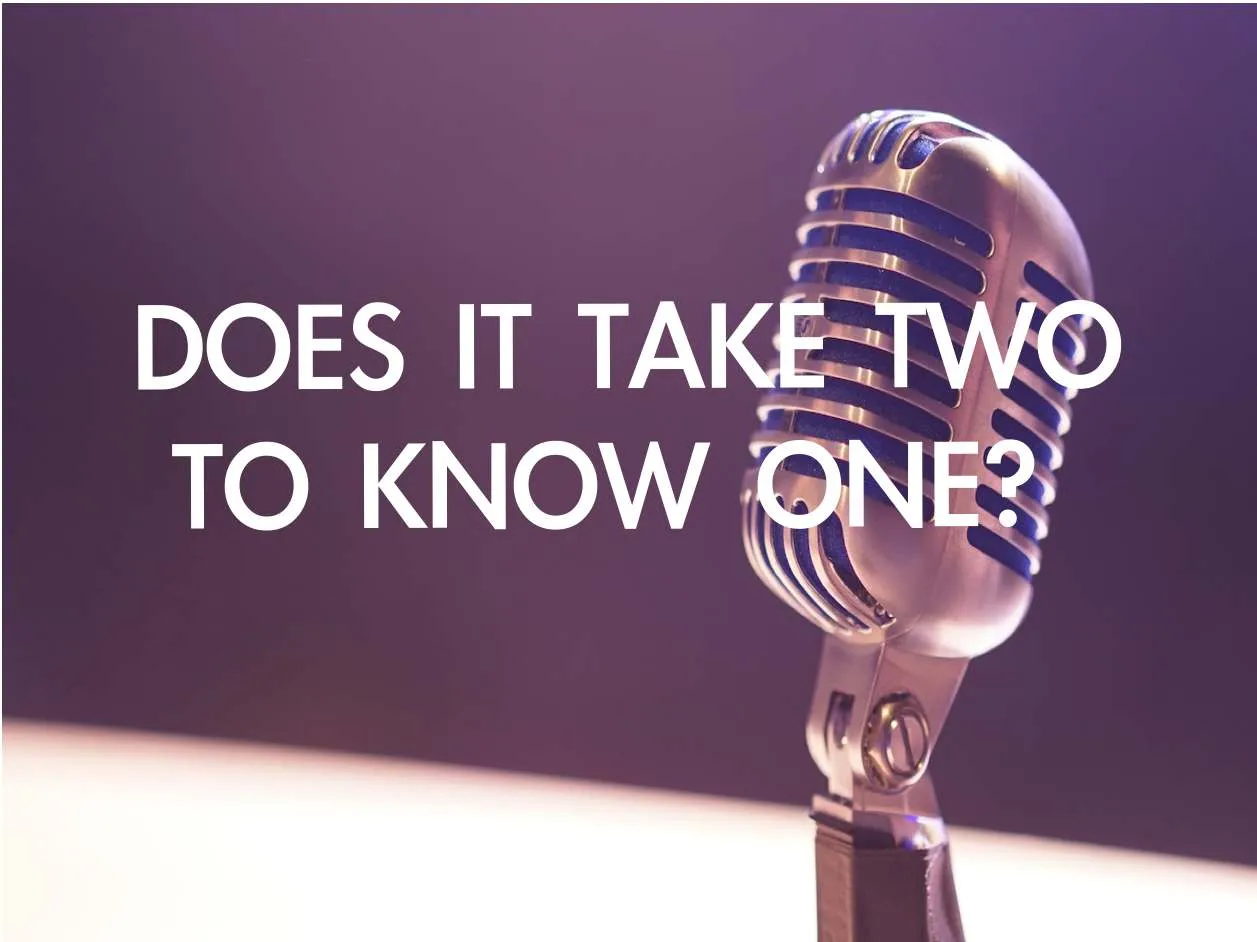
You think it's easy to ask "good" questions? I would say: to the contrary.
Questioning is a high art as I have learned through my education becoming a systemic integrative consultant for family- and social matters.
What indeed are questions supposed to do? Are they designed for that you give the "best", "quickest", "smartest" answer to them? Are they a tool for gaining knowledge and insight?
What if questions are to be asked in order to irritate you?
In this article I will state that the latter is the case. At least when it comes to questions which should help you to solve a problem. Among other systemic question techniques I am going to focus on the concept of circularity.
Trailed habits
In my upbringing it was rather a habit to answer properly, to let my parents and teachers know that I am willing to gain knowledge and that I am eager to be a good student. The form teachers and parents mostly ask is somehow grinded into the fabric of my civilization and became a sticky habit. I have no memories in being questioned in a way which I did not expect. Rather the questions of authorities were foreseen and expected in a way that I thought of adults often as being boring. With some exceptions, though.
To my unrecognized misfortune, however, I simply adopted the questioning techniques and usually one asks nowadays and in this country almost on autopilot: "Why are you in such a bad mood?" or "What do you want to do professionally?" or "How was it in school?", without us really expecting a profound answer.
Do you want to experience what an unusual question is? Here's one for example:
"How long do you think you'd like to keep your disappointment?"
What does this question imply? What do you notice? And also the question: How high was your expectation that now a question will arise that will knock you off your socks - on a scale of 1-10 (1 = no expectation, 10 = immense expectation). You just got a little insight, didn't you?
If someone asked me such a question - about disappointment - after I had told him about my misery, for example because I had not been granted a salary increase, the reaction would be a feeling of anger. "How long do I want to keep my disappointment? I just told you how unfair my boss is to me!"
This question would maybe cause even my rage - if I am a bit aggressive at the moment. If I were perhaps discouraged or sad at that time, the question would certainly irritate me and I would ask, "Huh? What do you mean?"
Anger, irritation & laughter: That is what is meant to happen
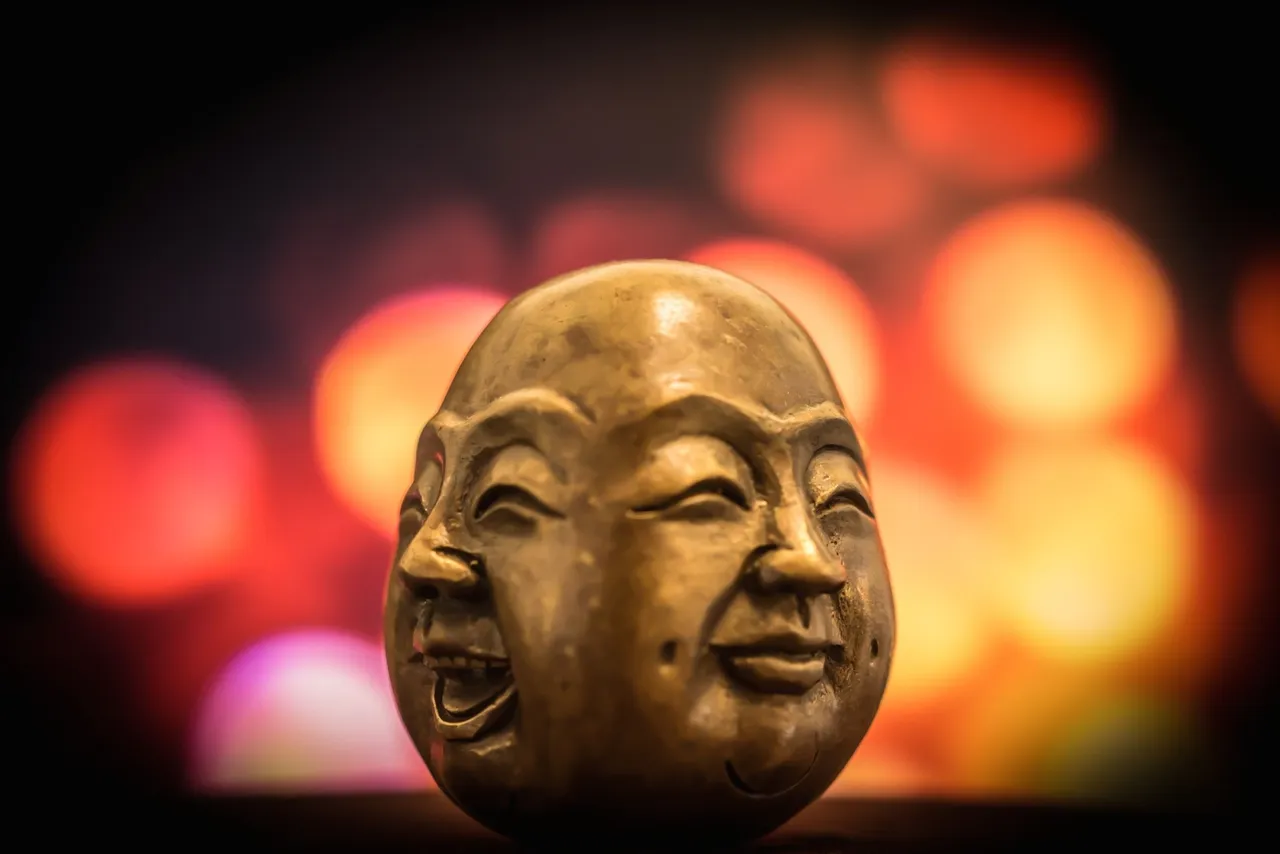
What does the question point to? It leads the interviewee to realize that he or she has an influence on whether and for how long he or she wants to carry a disappointment as such. It indicates freedom of choice. From the contemplation "I'm the victim of disappointment," I decide what to do with it and how long to let it influence me.
Some systemic questioning-techniques:
Scaling questions
"On a scale of 1-10: how does your social connections feel to you?"
(1= not connected, very bad, 10 = well connected, very good)
Effect:
It quickly becomes clear what degree of severity someone attaches to a thing. Figures provide more clarity about the situation than one would ask: How would you rate your social contacts? Even less effective would be the question of why one is so little socially involved (could be even offending).
Circular questions
- "How do you think your brother would react if you changed your attitude towards your daughter?"
- "If your blockage would disappear overnight, as if by magic, who would be the first to notice this? Who after that?"
Effect:
Questioned in such a way, the interviewee is asked to make a change of perspective. Even if he is not able to do so, this becomes obvious and it can lead to the consultant practicing the change of perspective with the client. Another effect is, that the scene is an "as if" one and therefore a client can just phantasize about the "what if" and does not have to make immediate commitments (which in some cases would be too soon, for example)
Narrative interview
"If you were a filmmaker, what would be the title that best describes your life?"
Effect:
The interviewee tries to convey as much meaning as possible in the shortest possible message and will try to concentrate on the essentials. Nobody would like to offer a cheap title, no?
Positive connotation
"Since everyone in the family turns to you for support in case of problems and instead of feeling a burden, what positive message does it tell you that everyone is asking for help?"
Effect:
One-sided straining situations are turned around and something is looked at in a new way. What was previously considered only negative is given a (new) positive aspect.
Sharp Spotlight or Flooding the space all over
Circular questions were introduced and heavily used in the beginning of the 1970s by the Milanese group - which I mentioned in another article of mine. This group pursued a systemic approach to family therapy. The question model assumes that people describe their situations/problems "in terms that are either too broad or too narrow." Therefore, the questioning technique should help to draw connections on the one hand and to make distinctions, on the other hand.
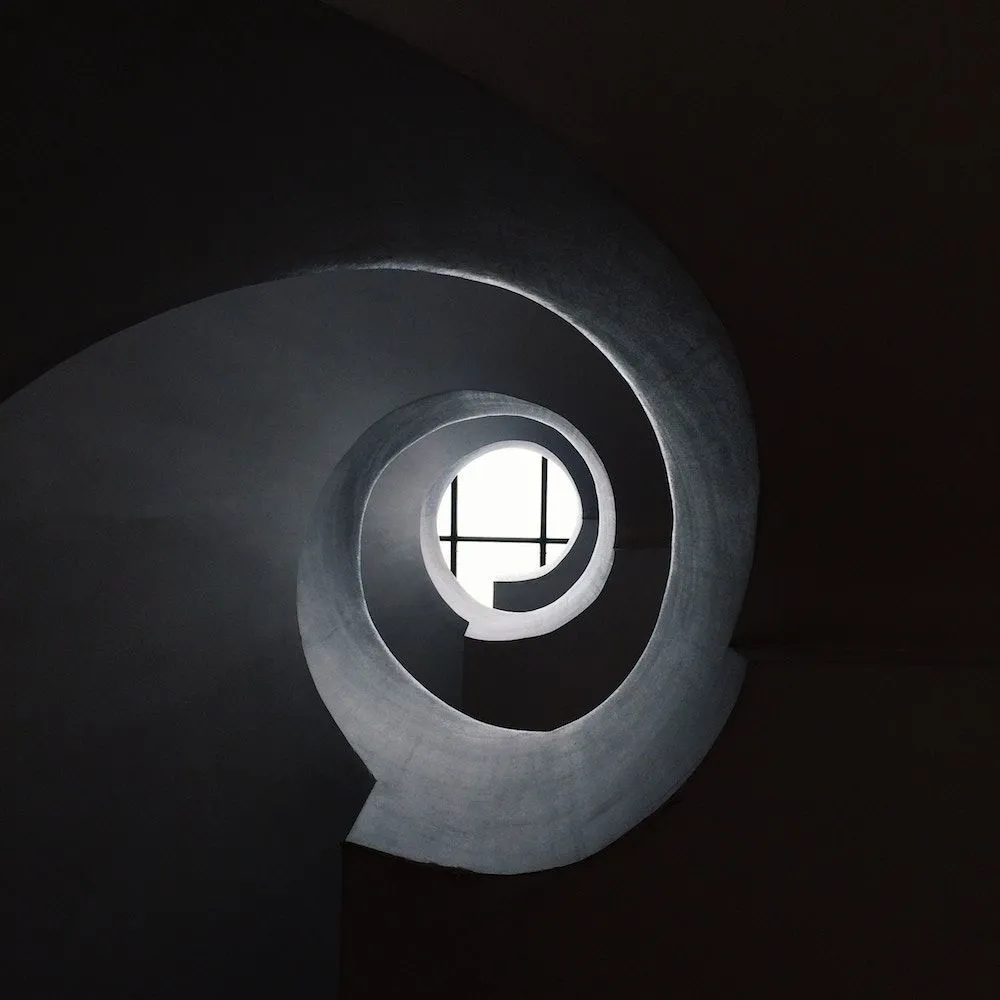
Do you see the difference being asked to "describe your relationship to your colleague" and being left alone with this invitation? People aren't very well trained in telling another one how they experience their relationships other than what habit provides. And their listeners aren't either in responding artistic questions.
Here comes the artist into play
Whether that is a consultant or a good friend or a role model, an author, a therapist, another family member. To feel best advised actually is the result of another one who was able to shake us up and to ask unusual questions with a deep interest for us, also to answer them to OURselves and not to the interviewer (being a good kid).
What makes the significant difference between a good and a bad interviewer is this:
From the first you do not perceive any expectation that the other person might have of you. Internally, this person is free from a wish, as what you have to answer correctly in his opinion. You can't sniff out the slightest breeze that your questioning friend is lying in ambush. His or her question gives you assurance that the answer is totally open to him or her. From a bad interviewer or listener you sense the exact opposite: that he already has the answer set for you and now can't wait you to give it. That he has a very specific idea of what you should and shouldn't do. Even if this person hides that very well, the inner intention nevertheless seeps through.
Clean the surface of predetermination! Stay open to be astounded!
If I get myself into the state of mind and heart to free myself from all expectations and add to that, that I am looking forward to be surprised, it gives a meeting the sugar & spice a delicious dialogue should have. I perceive this as a very high art of consulting another one.
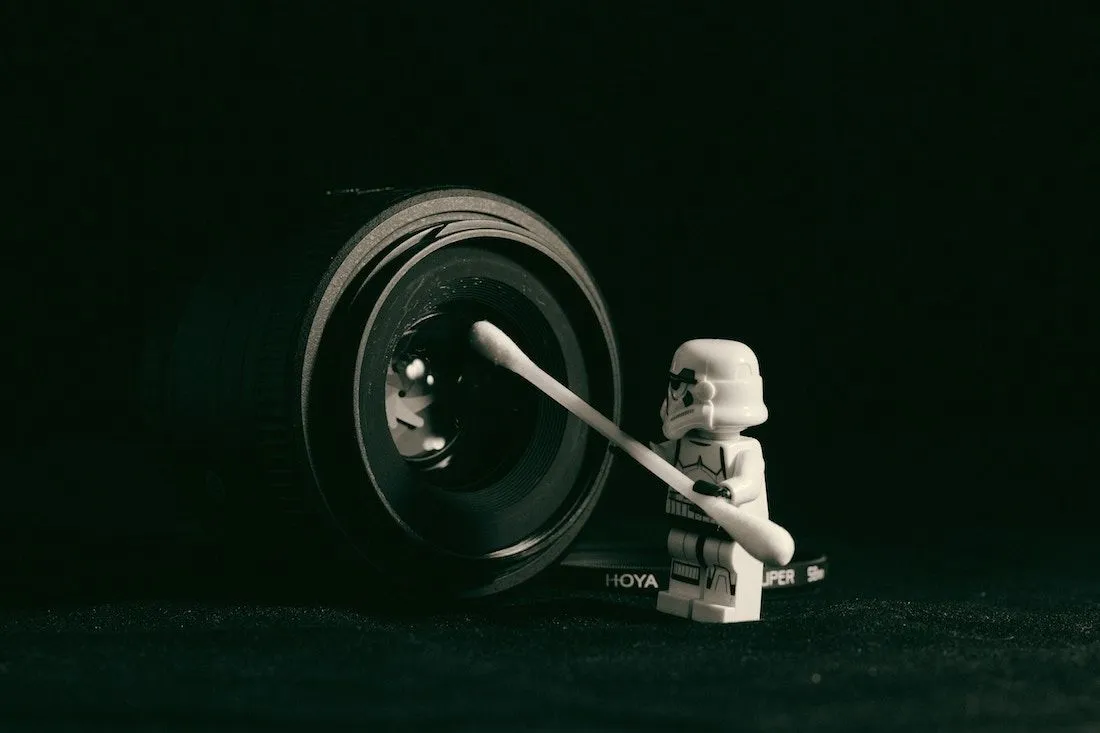
I am quoting from "Hypothesizing, Circularity, Neutrality - Three Guidelines for the Conductor of the Session" by the authors Mara Palazzoli Selvini, Luigi Boscolo, Gianfranco Cecchin and Giuliana Prata (members of the Milanese Group):
That which we call circularity is ... our consciousness, or better yet, our conviction of being able to obtain from the family authentic information only if we work with the following fundamentals:
- Information is a difference.
- Difference is a relationship (or a change in the relationship).
The chapter "Circularity" contains a short "conversation between therapist and child concerning the paternal grandparents who live with the family.":
"Son: We live together with my grandparents, and they're real naggers.
Ther.: What do they do that makes them naggers?
Son: They keep interfering with our parents, telling them what to do with us.
Ther.: Who interferes the most, your grandfather or your grandmother?
Son: Grandpa.
Ther.: Whom does he interfere with the most, your mother or your father?
Son: With my father.
Ther.: And who gets bugged the most when your grandfather interferes, your father or
your mother?
Son: Oh, Mom of course! She wants Dad to tell him off..."
There is no question for feelings or attributes. Neither, "why" the grandparents are naggers in the eyes of the child (this is soon explained by the dialogue), it is asked here for a difference in the behavior of the participants.
The Milanese Associates were inspired by Gregory Bateson, who "was an English anthropologist, social scientist, linguist, visual anthropologist, semiotician, and cyberneticist ... . In the 1940s, he helped extend systems theory and cybernetics to the social and behavioral sciences. He spent the last decade of his life developing a "meta-science" of epistemology to bring together the various early forms of systems theory developing in different fields of science."
One cannot not communicate!
How could I not act subjectively as a consultant (human) on a system, if I am just as involved in a family system myself and this involvement automatically influences me to the one that presents itself to me unconsciously? Therefore, my questions have to be meant by me as "open-ended" and I hope to formulate at most a presumption or hypothesis, which does not originate from my own processes but from those of my client.
Circular questions are not only a useful tool for collecting information that is suitable for generating hypotheses and interventions, but also give the family the opportunity to view itself systemically. The development of a consciousness for the mutual interrelationship of behaviours can in itself promote a significant spontaneous change.
Out of the paper "Circular Questioning: An Introductory Guide - Jac Brown" (which contains many circular questions as examples, I recommend reading it):
Circular questioning draws connections and distinctions between family members or people within a lager client system. For example, the behaviour of one person is shown by implication to be connected to the behaviour of another in a circular manner rather than in the usual lineal or causal way that has been the basis of much of our thinking about human problems.
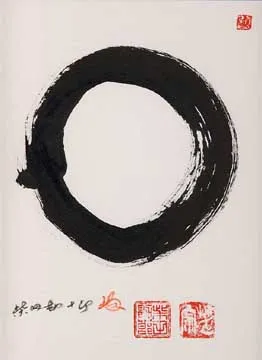
Eastern art of irritation
In the Buddhist Zen tradition the notion of a complex system questions the simple linear cause and effect view. You can observe that in the stories/myths about how masters acted upon their students. They were up to irritate and sometimes aggravate their followers and they even claimed to "have no teachings whatsoever". Of course, they had but used clever "tricks" or "riddles". Here is a koan, which is not something one should answer intellectually but contemplate and meditate on it.
Excerpt from Huffington Post:
"This koan does for me what I think is the intention of all koans – it stops my mind in mid stride. It brings my awareness to the importance of asking questions before acting."
Master [Hui-an] asked [Huai-jang], “Where are you coming from?”
Huai-jang said, “Mount Sung.”
The Master said, “What sort of thing comes here like this?”
Huai-jang said, “To call it a ‘thing’ is to miss the mark.”
The Master said, “Can it be cultivated or experienced?”
Huai-jang said, “It’s not that it isn’t cultivated or experienced, but rather that it isn’t corrupted or defiled.”
The Master said, “It’s just because it isn’t corrupted or defiled that it’s treasured by all buddhas. You’re like this. And I’m like this.”
— The Platform Sutra
Exhausting the analytic intellect
The Encyclopedia Britannica says about koans: "The effort to “solve” a koan is intended to exhaust the analytic intellect and the egoistic will, readying the mind to entertain an appropriate response on the intuitive level. Each such exercise constitutes both a communication of some aspect of Zen experience and a test of the novice’s competence."
Before finishing this article I would like you to add value to it and ask you:
- Do you know any further figures and examples or quotes in good questioning?
- Bring on your own movie title and give it to this great audience!
Thank you for reading!
Text sources
circular questions/concept of circularity:
- https://static1.squarespace.com/static/5850a5f3e58c6215bc4f9416/t/59004bd7e58c62ea37769112/1493191639245/Interventive3.PDF
- http://www.cptf.it/doc/Prima%20Parte_Inglese.pdf
- https://orca.cf.ac.uk/85044/1/NR_0060.pdf
- http://ift-malta.com/wp-content/uploads/2012/04/Circularity-Neutraity.-The-Milan-Team.pdf
- http://developingopendialogue.com/wp-content/uploads/2016/12/The-milan-principles-Brown002.pdf
http://www.azquotes.com/author/1040-Gregory_Bateson
http://www.thezensite.com/ZenEssays/CriticalZen/whose%20zen_sharf.pdf
Picture sources
Title/Microphone: Photo by Matt Botsford on Unsplash
Two faced Buddha: Photo by Mark Daynes on Unsplash https://unsplash.com/photos/J6p8nfCEuS4
Spiral Spot-Light: Photo by Len dela Cruz on Unsplash https://unsplash.com/photos/ScEKf8u7y-c
Cleaning surface: Photo by James Pond on Unsplash https://unsplash.com/search/photos/clean%20surface
Zen sign: CC BY-SA 3.0 - Wikimedia
"The calligraphy of the Ensō (円相 Japanese "circle") embodies emptiness and perfection; it is often used as a visual symbol of Zen."
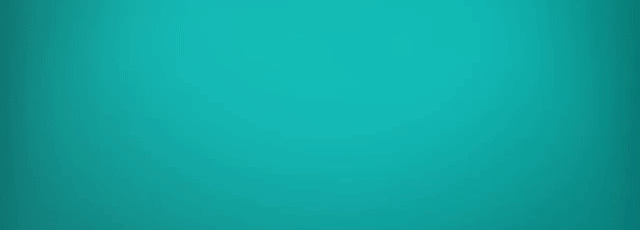
Animated image created by @rocking-dave to whom I say "thank you!" for his work :)